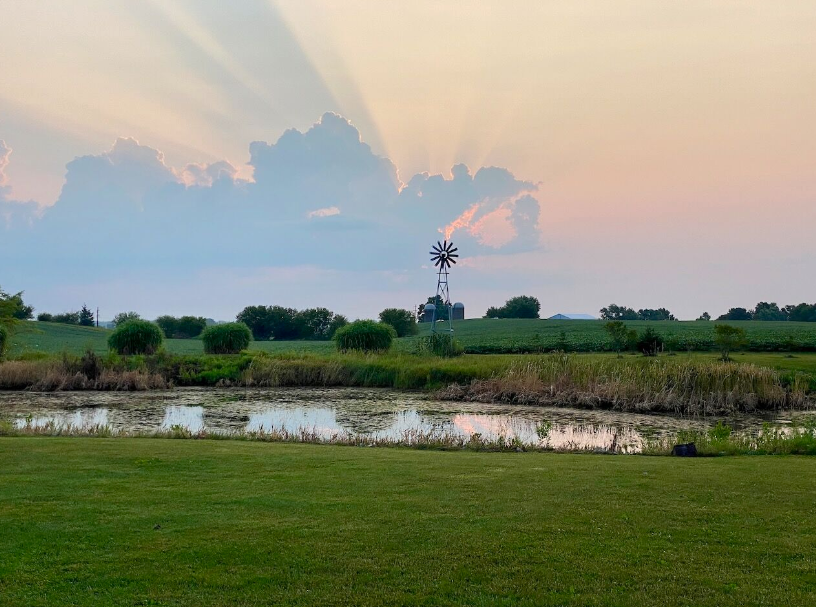How do you handle it when you turn over a job to someone on your team because you need their help, but it’s not something they’re used to doing and they struggle to get it done right?
- Do you take back the task?
- Do you make them feel bad?
- Or do you offer support so they can learn something new and get the job done?
Last week we took a road trip back to the Midwest. Normally my husband drives and I’m co-pilot. I navigate, scope out where to stop for gas and food, and manage the audio we’re listening to.
He loves to drive. I don’t. I’m really good at the co-pilot role. It’s not his strength.
But this was a LONG drive, and we needed to take shifts driving.

Last week we took a road trip back to the Midwest. Normally my husband drives and I’m co-pilot. I navigate, scope out where to stop for gas and food, and manage the audio we’re listening to.
He loves to drive. I don’t. I’m really good at the co-pilot role. It’s not his strength.
But this was a LONG drive, and we needed to take shifts driving.
On one of the shifts where I was driving, we needed to find food and gas. I generally handle this by using one mapping app to find a Panera, time our arrival, and order ahead to pick up and go.
But I was driving; he needed to take on this task. He’d never used the Panera app to order ahead. I’d complicated the situation by failing to ensure the app was downloaded and ready to go.
First, he closed the wrong mapping app. Then he struggled with the Panera app.
I am admittedly not a patient person, especially when it comes to my husband and tech. Definitely a development area for me. But nothing would be solved by getting impatient or condescending. And I certainly couldn’t take the task back as we hurtled down I-80 at 80 MPH.
Instead, I patiently asked what he had on the screen, and talked him through each step.
The route was re-mapped to avoid an accident. Food was ordered and picked up when planned. We got some gas and were back on our way.
Along the way, I learned how he uses the mapping app to map alternative off-highway routes that the app doesn’t give you. I hadn’t ever thought to do that and learned something too.
We joked about how being a co-pilot is not his strength, and he was happy to turn the job back over to me. But for us to work most effectively in this situation, albeit perhaps not as efficiently, we needed to take on roles that were not in our comfort zone, and then support and trust the other person to get the job done.
This is how it works on strong teams:
- Each team member and the leader is aware of their own and others’ strengths and weaknesses.
- As the situation calls for it, team members step out of their comfort zones to help out the team.
- When that happens, other team members support each other for the best outcome.
It’s easy to say everyone should “stay in their lane.” But in reality, on strong teams, members need to shift from lane to lane to support the team’s success.
And when they do? The team gets where they’re going, new skills are developed, and the next journey will be that much easier.
Is this how your team operates? If not, contact me, and let’s talk about how The Compass Team Experience can make it happen.
(Picture taken in rural Illinois just before we started our 13-hour drive home.)








Recent Comments